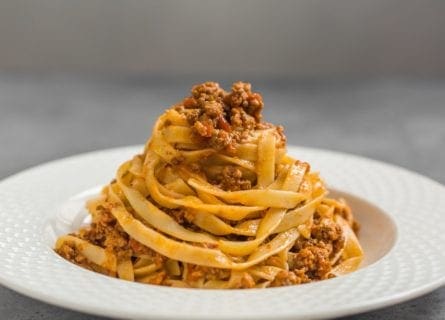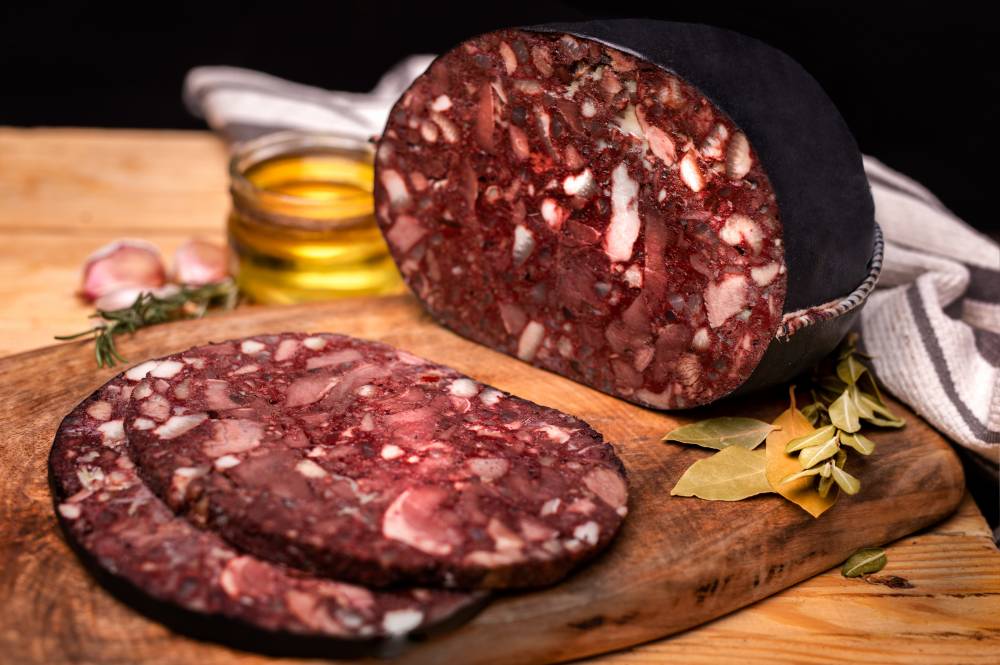
A Taste of Bologna: Discovering Authentic Emilia-Romagna Cuisine
November 18, 2023
Explore Bologna's culinary treasures in our guide. Discover Emilia Romagna's authentic flavors, from wines to artisanal cheeses. A must-read for foodies!
By: James lawrence / Last updated: January 4, 2024

Guide to Tuscan Gastronomy and Cuisine: Read more
Regional Cuisines:
Arezzo, Florence, Lucca, Maremma, Siena
Northwestern Tuscany offers a feast for all the senses: truffles, mushrooms, shellfish, pine nuts, superlative wine, and the famous Leaning Tower of Pisa. In the spring, Pisa’s food markets groan under the weight of asparagus, fresh garlic, zucchini, and figs. October is the time to enjoy porcini mushrooms and forest fruits. Moreover, the city is full of good restaurants that run the whole gamut, from street food stalls to bustling trattorias and swank-de-posh Michelin dining.
Yet you don’t have to spend lavish sums to eat well in Pisa. Some of our most memorable experiences have been in rustic osteria, where multiple generations will cocoon us in a blanket of delicious seasonal fare served in the spirit of Tuscan hospitality.
One of Italy’s greatest traditions is the aperitivo. After work, Pisans head to their favorite bar for the essential early-evening tipple. However, this isn’t just about sipping Prosecco or a chilled Tuscan white: the price of your drink often includes a selection of antipasti, including salami, prosciutto ham, cheeses, and other local delicacies. In Pisa, look out for Mallegato di San Miniato, a local blood sausage made from Tuscan breeds combined with pine nuts, raisins, and pieces of lard. That particular porcine treat, a specialty of the West Coast, involves aging pig fat in vats for 12 months before consuming it as unctuous slices of lardo di colonnata.
The seminal Pisan first course is Bordatino alla Pisana. According to legend, hungry sailors perfected the recipe during sea voyages in the 1700s while transporting buckwheat. It is a rich and satisfying winter soup, incorporating fish broth, legumes, pork rinds, buckwheat (sometimes replaced with corn flour), wild herbs, and black cabbage. Speaking of cabbage, northwestern Tuscan is also known for its Zuppe di Cavolo (black cabbage soup) and fresh pecorino cheese.
Locals are also keen on a hearty concoction of chickpeas, egg noodles, rosemary, extra virgin olive oil, and tomatoes – a hybrid soup/pasta dish. However, even more delectable is the Pisan take on risotto; Slow Food town San Miniato is the source of Tuscany’s exceptional white truffles. They will be shaved over Tuscan varieties of rice cooked in stock, with the essential butter and Parmesan cheese mixed in. Heaven for the Italian foodie.
The second course in Tuscany is typically a meat or fish dish, and Pisa is no exception. But hold your nose, as Tripe alla Pisana, although not to everyone’s taste, is one of the city’s most popular – and potent – examples of cucina povera (peasant’s cooking). The offal is braised in a rich vegetable and stock broth, often containing tomatoes, herbs, and even pork belly. Even more of an acquired taste is Anguille in Ginocchioni, which is literally translated as “eel on its knees.” The eel is diced, seasoned (usually garlic, parsley, chili, and sage), and then sautéd in olive oil alongside chopped tomatoes. Quick to make and surprisingly delicious, it is often served with polenta or rosemary potatoes.
Stewed game, meanwhile, is a regular feature of winter menus; there is an abundance of pheasant, wild boar, deer, duck, partridge, and hare in rural Tuscany. It is slowly cooked for hours, incorporating all the Italian cliches: olive oil, wild herbs, tomatoes, garlic, and, of course, red wine! A lighter option, however, would be Stoccafisso alla Pisana. In Pisa’s kitchens, chefs exclusively use Norwegian arctic cod (a rare non-local ingredient) to bake this simple dish with potatoes, basil, parsley, and tomatoes, creating an intensely fragrant aquatic stockpot.
In the delightful town of Castelnuovo di Garfagnana, chestnuts are literally everywhere during the fall. Chestnuts are used to make castagnaccio (chestnut cake), a gluten-free option relying on chestnut flour, pine nuts, raisins, olive oil, and some rosemary. But some gourmets find it too tart, preferring the sweet excesses of Torta co’ Bischeri. It’s a moreish centerpiece for afternoon tea – shortcrust butter pastry filled with rice, chocolate, and candied fruits. The perfect pairing? Vin Santo, naturalmente.
One of Tuscany’s smallest appellations, covering less than 125 acres of vineyards, is located on the northwestern coast. Terre di Pisa DOC is a relatively new face in the local wine scene. It is also among the most exciting, led by innovative producers like Tenuta di Ghizzanno and Beconcini. So far, the greatest successes have been the fresh, vibrant, and precise Sangiovese reds and the superlative Bordeaux blends of Beconcini. They offer a wealth of fruit and complexity, built around the laudable qualities of Tuscan-grown Merlot, Petit Verdot, and Cabernet Franc. A real triumph!
If you would like us to customize an exclusive luxury tour, contact us and let us know your travel plans. We offer luxury food and wine tours for private groups of a mininium two guests. In addition, all of our private, chauffeured tours are available year-round upon request.

